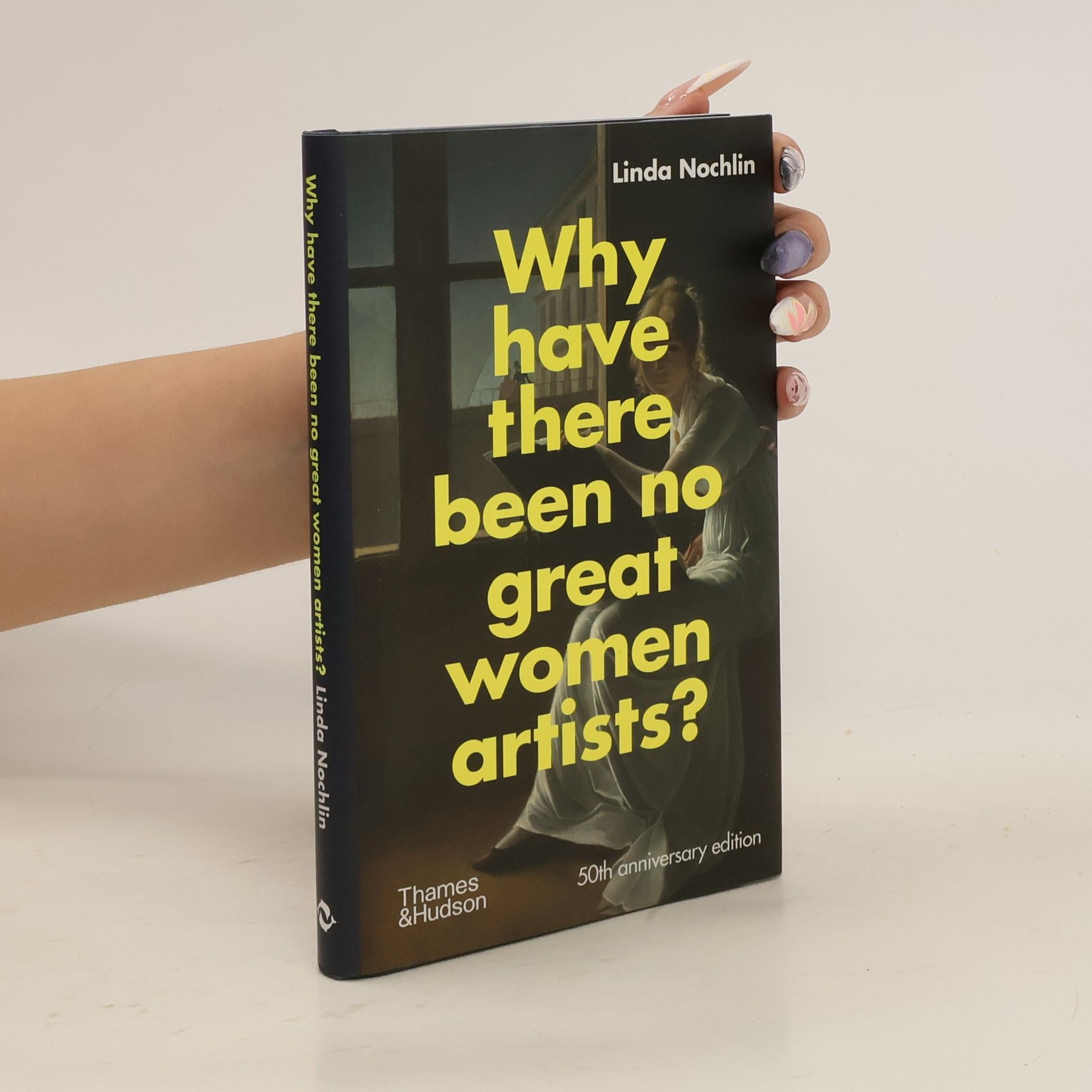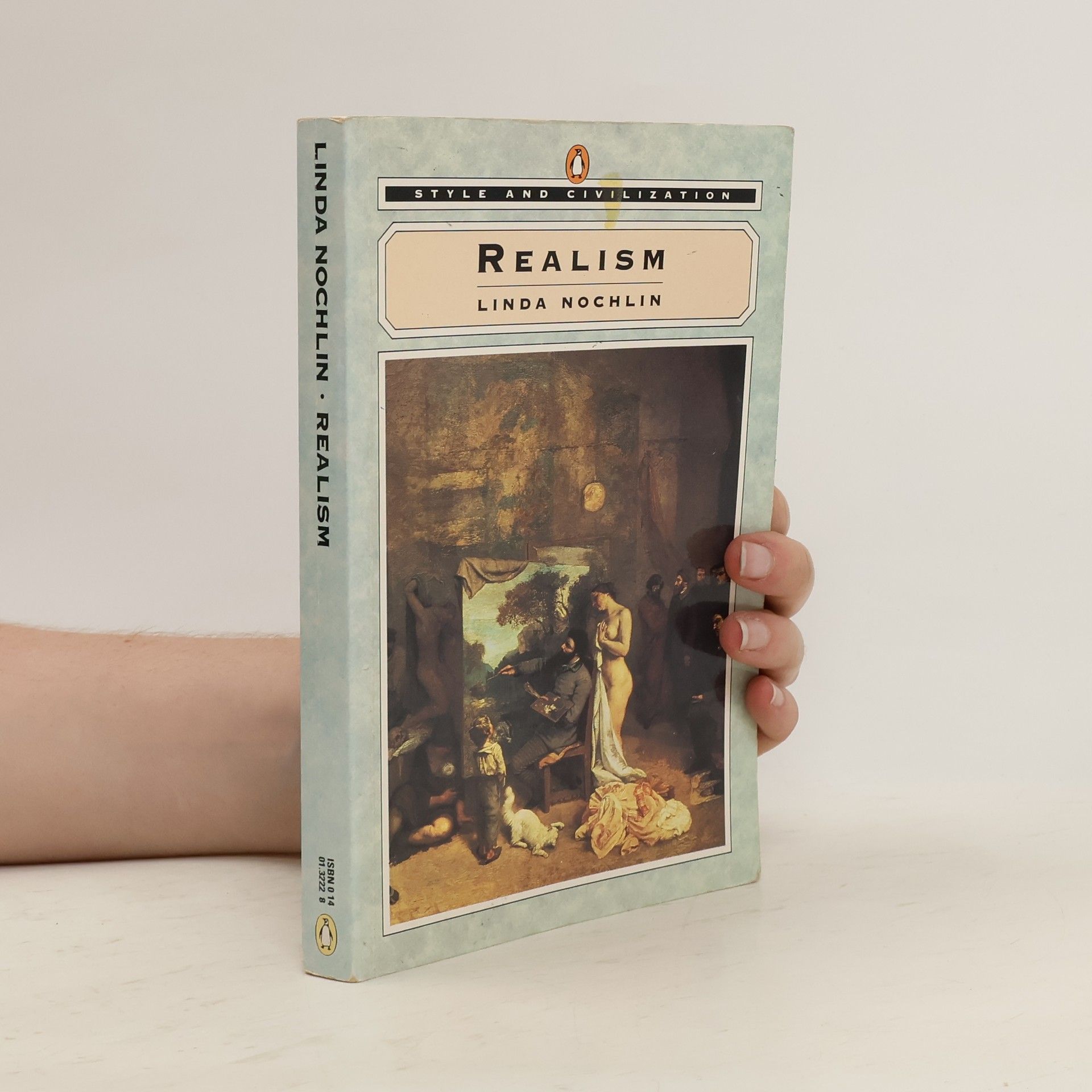This illustrated, edited collection of essays brings together for the first time some of the pioneering art historian Linda Nochlin's most important writings on modernism and modernity from across her six-decade career. Before the publication of her seminal tract on feminism in art, 'Why Have There Been No Great Women Artists?', Nochlin had already firmly established herself as a major practitioner of a politically sophisticated and class-conscious social art history, with her writings on modernism being transformative to the discipline. Nochlin embraced Charles Baudelaire's conviction that modernity meant to be of one's time - and that the role of an art historian was to understand the art of the past not only in its own historical context, but according to the urgencies of the contemporary world. From academic debates about the nude in the 18th century to the work of Robert Gober in the 21st, whatever she turned her analytic eye to was very much conceived as the art of the now - the art we need to look at to navigate the complexities and contradictions of the present
Linda Nochlin Livres
Linda Nochlin était une historienne de l'art et écrivaine américaine influente, dont le travail s'est concentré sur l'examen critique de l'impact du genre sur l'art. Elle est devenue célèbre pour son essai « Pourquoi n'y a-t-il pas eu de grandes femmes artistes ? », dans lequel elle interrogeait les barrières institutionnelles et sociales qui entravaient les carrières artistiques des femmes. Au-delà de l'histoire de l'art féministe, Nochlin s'est également consacrée à l'étude du réalisme, en particulier à l'œuvre de Gustave Courbet. Son approche pionnière de l'histoire de l'art continue d'inspirer les universitaires et les artistes dans la compréhension des relations complexes entre le genre, le pouvoir et la création artistique.






The Jew in The text
- 335pages
- 12 heures de lecture
What does the Jew stand for in modern culture? The conscious or unconscious, often hysterical repetition of myths and exaggerations, and the repertory of cliches, fantasies and phobias surrounding the stereotypes of the Jew and the Jewess, have meant that they are figures frequently represented both in the world of literature and art and in the industries of popular culture.
Bathers, Bodies, Beauty
- 342pages
- 12 heures de lecture
Focuses on the painterly pre-occupation with bathing, whether at the beach, in lakes and rivers, in public swimming pools, or in bathtubs. This book brings to bear a lifetime of looking at, teaching, talking about, wrestling with, loving, and hating art to reveal and complicate the lived and felt - the visceral - experience of art.
Providing an overview of Nochlins life and work, this book includes both her major thematic texts and her monographic texts on major women artists, both historical and modern. It will be suitable for students and academics working in the fields of art history and historiography, gender and womens studies, cultural history and theory.
Representing Women
- 272pages
- 10 heures de lecture
`Fascinating essays ... Nochlin is a woman of learning and accomplishment' Andrea Dworkin
Why Have There Been No Great Women Artists?
- 112pages
- 4 heures de lecture
"The fiftieth anniversary edition of the essay that is now recognized as the first major work of feminist art theory--published together with author Linda Nochlin's reflections three decades later. Many scholars have called Linda Nochlin's seminal essay on women artists the first real attempt at a feminist history of art. In her revolutionary essay, Nochlin refused to answer the question of why there had been no 'great women artists' on its own corrupted terms, and instead, she dismantled the very concept of greatness, unraveling the basic assumptions that created the male-centric genius in art. With unparalleled insight and wit, Nochlin questioned the acceptance of a white male viewpoint in art history. And future freedom, as she saw it, requires women to leap into the unknown and risk demolishing the art world's institutions in order to rebuild them anew. In this stand-alone anniversary edition, Nochlin's essay is published alongside its reappraisal, 'Thirty Years After.' Written in an era of thriving feminist theory, as well as queer theory, race, and postcolonial studies, 'Thirty Years After' is a striking reflection on the emergence of a whole new canon. With reference to Joan Mitchell, Louise Bourgeois, Cindy Sherman, and many more, Nochlin diagnoses the state of women and art with unmatched precision and verve. 'Why Have There Been No Great Women Artists?' has become a slogan and rallying cry that resonates across culture and society. In the 2020s, Nochlin's message could not be more urgent: as she put it in 2015, 'There is still a long way to go.' 13 black-and-white illustrations" -- Amazon
Courbet
- 224pages
- 8 heures de lecture
Gustave Courbet is arguably the most radical of all 19th-century painters and one of the fathers of modern art. This book presents various aspects of his oeuvre, from his vast realist depictions of provincial French life, allegorical works, and paint-encrusted landscapes to his dark, brooding portraits, sensual nudes and earthy still lifes.
Realism
- 288pages
- 11 heures de lecture
Setting Realism in its social and historical context, the author discusses the crucial paradox posed by Realist works of art - notably in the revolutionary paintings of Courbet, the works of Manet, Degas and Monet, of the Pre-Raphaelites and other English, American, German and Italian Realists.
Misere
- 176pages
- 7 heures de lecture
An incisive new piece of scholarship from renowned art historian Linda Nochlin tackling the concept of mis re, or social misery, as it was reflected in the work of writers, artists, and philosophers in the nineteenth century
Renowned art historian and pioneering feminist Linda Nochlin explores how, from the late eighteenth century, fragmented, mutilated, and fetishized representations of the human body came to constitute a distinctively modern view of the world.
